
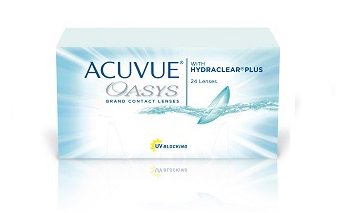

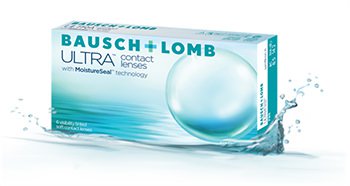

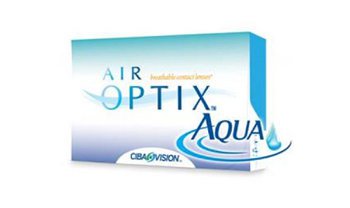
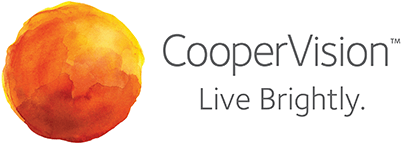
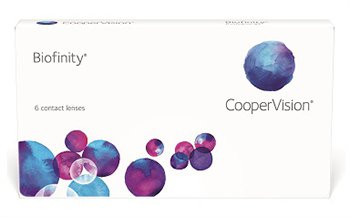
Types of Contact Lenses
As the leader in contact lens fitting in the midlands of South Carolina, Sansbury Eye Center is uniquely positioned to assist our patients regarding the use of contacts for vision correction.
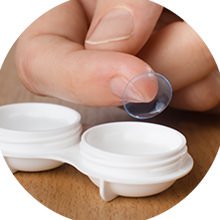
Daily Wear
At the intersection of health and convenience are daily wear contact lenses. They are extremely comfortable and require no maintenance. In fact, many eyecare professionals and contact lens wearers feel that daily wear contacts offer the best of both worlds. They are convenient because they don’t require lens cleaning, and they are the healthiest option because there is no accumulation of lens deposits, which can occur when contacts are worn overnight.

Spherical
Spherical contact lenses are a very popular design featuring a rounded lens. They can be used to correct either myopia (nearsightedness) or hyperopia (farsightedness), two common vision problems. Spherical lenses are the most common shape of contacts worn, and are a good fit for most people who face mild or moderate challenges to their vision.

Multifocal (Bifocal)
Like lenses in bifocal glasses, multifocal or bifocal contact lenses address presbyopia, which occurs when the eye’s lens stiffens, making it difficult to focus on things that are close to the viewer. Presbyopia most commonly surfaces in adults 40 or older due to natural changes in the elasticity of the eye that come with age. Multifocal contact lenses can address this problem, allowing wearers to see clearly both up close and far away.
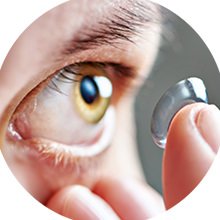
Specialty Lenses
As contact lens technology has advanced, new avenues have opened up for people with visual issues extending beyond simple nearsightedness or farsightedness. Where once glasses were the only option, contact lenses now exist that can address more intensive conditions like keratoconus, dry eye syndrome, and corneal scarring, to name a few. We offer scleral lenses, rigid gas permeable lenses, and custom soft lenses for our patients’ convenience, and our doctors can help you decide if these lenses are right for you based on your diagnosis, habits, and preferences.

